Human rights and dignity, including those of trafficked persons, especially women and children, need to be respected and protected through policies, institutions and social support. A rights-based, gender-sensitive approach needs to be realized in the Law on Prevention and Combat of Human Trafficking (amended) being drafted by the Ministry of Public Security.
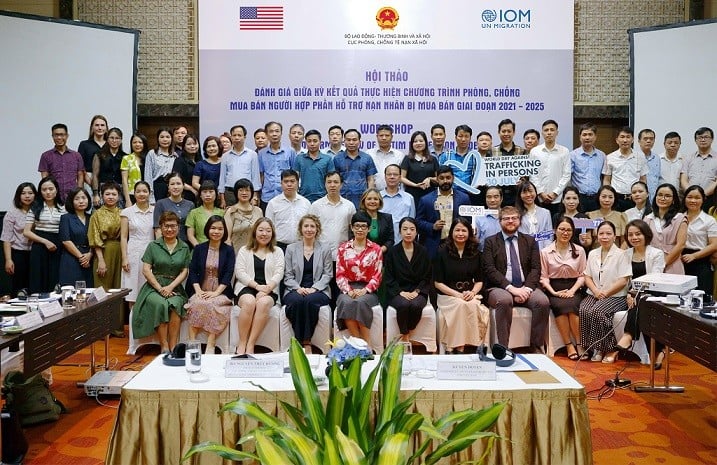 |
| On August 9, 2023, the International Organization for Migration and the Department of Social Evils Prevention and Control under the Ministry of Labor, War Invalids and Social Affairs completed a series of workshops to review the mid-term results of the implementation of the Program on preventing and combating human trafficking for the period 2021-2025 in the field of victim protection in Ho Chi Minh City. (Source: VNA) |
Since the Law on Prevention and Combat of Human Trafficking came into effect, the identification of victims and support for victims of trafficking have achieved initial results, contributing to the protection of human rights and victims.
According to the Ministry of Public Security's Summary Report on the Implementation of the Law on Prevention and Combat of Human Trafficking, from 2012 to February 2023, authorities received and supported 7,962 victims of human trafficking. Most of the victims who were rescued, repatriated or returned on their own were provided with appropriate support by local authorities.
The implementation of the Law on Prevention and Combat of Human Trafficking in recent times has helped curb the increase in human trafficking crimes, contributing to ensuring social order and safety, and ensuring human rights. However, after 10 years of implementation, some provisions of the Law are no longer suitable to reality, requiring amendment and supplementation.
1. Supplementing the principle of ensuring gender equality and victim-centeredness
The current Law on Prevention and Combat of Human Trafficking has reflected a number of principles on gender and gender equality in the provisions on: principles of prevention and combat of human trafficking “Respect for the rights and legitimate interests and do not discriminate against victims” (Article 4); prohibited acts “Discrimination against victims” (Article 3); Contents of information, propaganda and education on prevention and combat of human trafficking “Anti-discrimination against victims” (Article 7)…
However, these are still gender-neutral regulations that do not clearly demonstrate the principle of ensuring gender equality in preventing and combating human trafficking.
Research results show that human trafficking is considered a form of gender-based violence; the act of buying and selling women and girls is an act of gender-based violence, where gender power is abused, causing harm to women and girls. The motives for human trafficking are highly gendered and are exacerbated by pre-existing gender inequalities.
Accordingly, women and girls are more vulnerable to trafficking for sexual exploitation, while men and boys are more targeted by traffickers for labor exploitation or criminal activities. The injuries suffered by male and female victims also differ in severity.
Therefore, it is necessary to add the principle of ensuring gender equality and a victim-centered approach to the work of preventing and combating human trafficking in Article 4 of the current Law. This is the overarching principle, guiding the entire work of preventing and combating human trafficking.
2. Supplementing regulations on the rights and obligations of victims
Clause 2, Article 16 of the Law on Prevention and Combat of Human Trafficking 2011 stipulates: “Mass media agencies participating in preventing human trafficking must keep information about victims confidential”; Point b, Clause 1, Article 30 stipulates “Measures to protect the safety of victims and their relatives include keeping the residence, workplace, and school of victims and their relatives confidential”; Article 31 stipulates “Protecting the confidentiality of information about victims, in which agencies, organizations, and individuals are responsible for keeping information about victims confidential, except in cases where the law provides otherwise.
The court shall consider and decide on closed trials for human trafficking cases at the request of the victim or the victim's legal representative. These regulations partly define the responsibilities of individuals and organizations in the issue of confidentiality of information of human trafficking victims.
However, the Law has not mentioned the issue of information security in the rights of victims of human trafficking, which is a shortcoming. Currently, with the strong development of information technology, the participation of streamers, tiktokers, and youtubers on social networks on personal privacy issues has two sides, in many cases to attract likes, make money, and orient public opinion.
In addition, according to statistics, in early 2022, Vietnam had nearly 77 million social network users, accounting for 78.1% of the population, an increase of 5 million people compared to 2021; 97.6% of Internet users in Vietnam are using Facebook and the percentage of women using Facebook is 50.9%.
This is not only an opportunity for women to improve their knowledge and skills, but also poses a potential risk of becoming victims of many types of crimes, including human trafficking, if they are not equipped with the knowledge and skills to securely secure information on cyberspace.
Adding the right to privacy, personal secrets and family secrets to the rights of victims will help victims be more aware of their rights and also provide a basis for law enforcement agencies to protect victims more effectively in the face of public opinion.
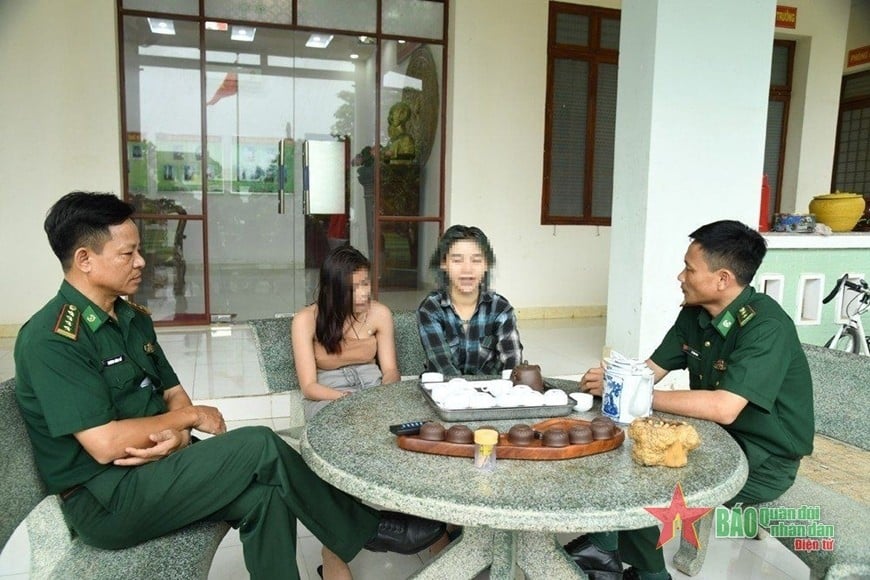 |
| Two female victims recounted their journey of being sold through many hands before being rescued by the Tay Ninh Provincial Border Guard in the TN823p project. |
3. Add criteria to verify and identify victims of human trafficking
Current law does not have specific regulations on criteria for identifying victims of trafficking, nor does it have specific regulations on paper, document and practical criteria for identifying a person as being trafficked.
The research results pointed out a number of barriers in verifying and identifying victims, such as: victims who have lost their identity documents, have low education, are ethnic minorities, do not know Kinh, were trafficked at a young age so do not remember their address, relatives, etc., victims refuse support because they do not want to tell their stories for fear of being discriminated against.
The criteria for determining whether a person is a victim are difficult to implement, especially in cases where they were willing, or if they were trafficked a long time ago (it is difficult to determine how they were transferred or exploited).
There are no regulations on the regimes and remuneration for interpreters in cases where the victims are foreigners, ethnic minorities, or mentally disabled, causing difficulties in the process of receiving and supporting, including handling reports, rescues, investigations, etc. In addition, there are no regulations or norms in special and urgent cases where it is necessary to support and protect victims who are women, girls, and infants when they are rescued.
Therefore, it is necessary to supplement regulations on criteria for verifying and identifying victims of human trafficking in a way that does not harm the victims and does not aggravate the trauma that the victims have experienced during the process of being trafficked.
In particular, these regulations need to be classified in order to have adequate and timely support policies and regimes based on the specific characteristics of each victim, ensuring the human rights of each target group taking into account gender characteristics, for example, vulnerable groups, pregnant women, women with young children, etc.
| “Development visions and practices must ensure basic human rights in social, economic and political terms, expand choices, respect human dignity, enhance women's empowerment and promote equality for both men and women.” (Ms. Jean D'Cunha, Global Migration Advisor of the United Nations Entity for Gender Equality and the Empowerment of Women - UN Women). |
4. Supplementing regulations on the rights of children born during the process of their mothers being tricked and sold abroad
The current law has some provisions on child protection, but they are often approached in the direction of children who are victims of human trafficking (Articles 11, 24, 26, and 44), while there are no clear provisions for children whose mothers are victims of human trafficking for the purpose of sexual exploitation. There are many cases where women who are victims of human trafficking give birth abroad, but when they are rescued and return, they cannot bring their children with them.
The Vietnam Women's Union, in the process of operating the Peace House and the One Stop Service Office for Returning Migrant Women (OSSO Office), has received and supported a number of typical cases. The OSSO Hai Duong Office once received the case of Ms. H. who was tricked and sold to China in 1991 and had to live with a Chinese man. During their time together, she gave birth to 3 children. Her life was often beaten and forced to do hard labor. In 2017, she returned to Vietnam but could not bring her children back with her.
The Peace House, a branch of the Vietnam Women's Union, also provided advice and support to Ms. C., a schizophrenic patient who was tricked into marrying a Chinese man. Since coming to China, she has been cut off from her family. In China for more than a year, after giving birth, her husband took her child away and abandoned her in the hospital. She lived with a group of people and had to work as an unpaid kitchen assistant. If she did not obey, she was scolded and beaten. When the Chinese police discovered that she did not have any identification papers, she was deported back to Vietnam. After receiving support from the Peace House, Ms. C. has now returned to live with her mother, but has no information about her child.
Therefore, it is recommended to study and supplement regulations on rights related to children born during the process of their mothers being trafficked abroad.
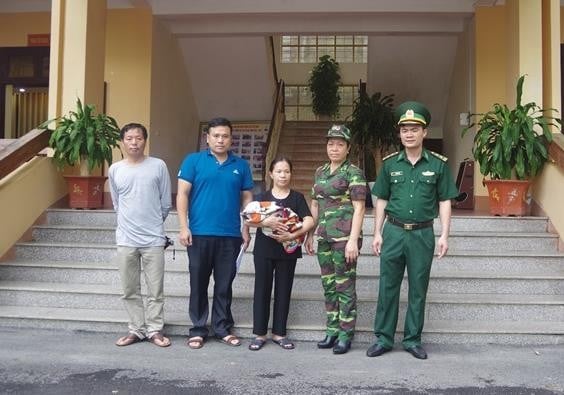 |
| Huu Nghi Border Guard Station hands over the rescued newborn baby to the Lang Son Province Social Protection Center. (Source: Border Guard Newspaper) |
5. There are specific regulations on specialized facilities to support victims of human trafficking for men and women.
In the past, victims of human trafficking who returned were received and supported at Social Protection Centers or Social Work Centers (49 facilities nationwide), the rest were received at other social facilities; in addition, they were also received and supported at facilities/addresses/models supported by international organizations or proactively by agencies and units such as the House of Love in Lao Cai, An Giang; and the Peace House of the Center for Women and Development.
Social protection facilities that receive victims of human trafficking do not have a specialized area to support victims of human trafficking, but instead are integrated with other groups of people, making it difficult to implement support work because there is no appropriate and friendly victim reception process, lack of regulations on case management and specific victim support processes; especially lacking regulations on reception in emergency cases or suspected cases of trafficking while waiting for verification and identification of victims.
In reality, there is a gap in ensuring access to support services for both male and female victims. Support services are only focused on female victims of cross-border trafficking for marriage or prostitution, while other at-risk groups such as male workers in construction, service, fishing or those trafficked domestically often receive less attention.
We focus on providing support services for female victims rather than for male victims, leading to a situation where there are only specialized support facilities for female and girl victims but not for male victims. Thus, the legitimate needs and rights of male victims seem to be left unaddressed.
Therefore, to fully ensure the rights of victims of human trafficking, the revised Law on Prevention and Combat of Human Trafficking needs to have specific regulations on the establishment, management and operation of facilities to receive and support victims on the basis of meeting their gender needs, rights and legitimate interests.
----------------------
(*) Deputy Head of Propaganda Department, Vietnam Women's Union
References
1. ASEAN. 2016. Gender-sensitive approach to working with women victims of trafficking.
2. ASEAN-ACT. 2021. Summary of difficulties and obstacles in the 2011 Law on Anti-Malware and its implementing guidelines.
3. Blue Dragon Children's Foundation. 2021. What makes people vulnerable to human trafficking. Profile of victims of human trafficking in Vietnam
4. Politburo. 2007. Resolution No. 11/NQ-TW dated April 27, 2007 of the Politburo on Women's work in the period of promoting industrialization and modernization of the country.
5. Ministry of Public Security. 2021. Summary Report on 9 years of implementing the Law on Prevention and Control of Trafficking in Persons 2011. Report No. 520/BC-BCA dated June 3, 2021.
Source





![[Photo] Visiting Cu Chi Tunnels - a heroic underground feat](https://vstatic.vietnam.vn/vietnam/resource/IMAGE/2025/4/8/06cb489403514b878768dd7262daba0b)


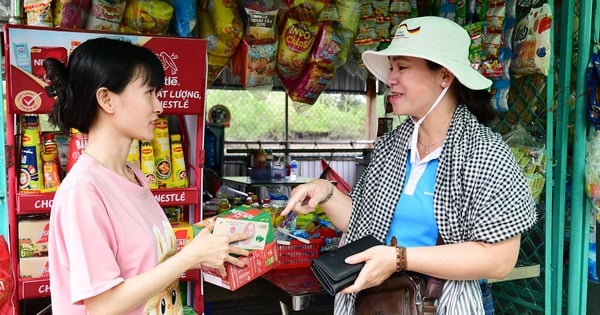




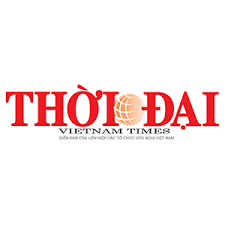
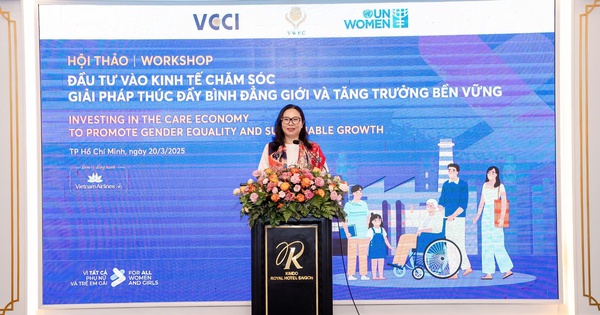
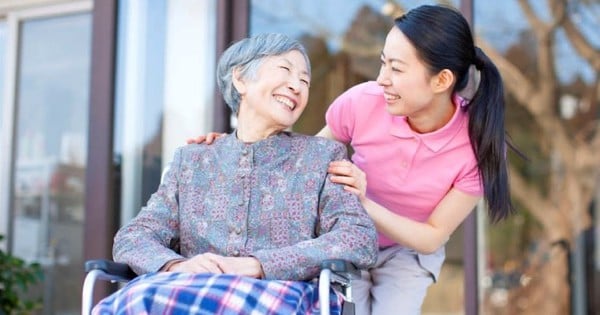
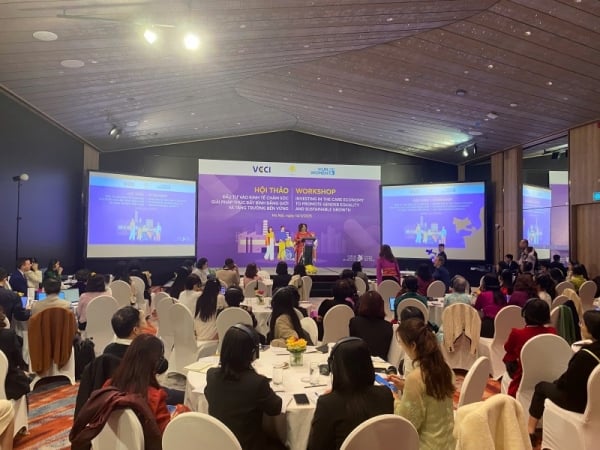

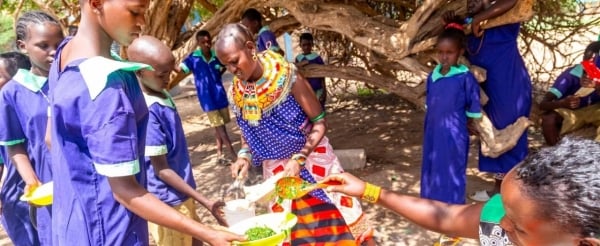
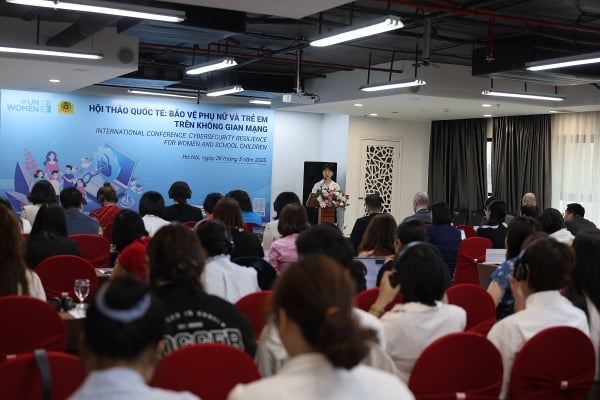
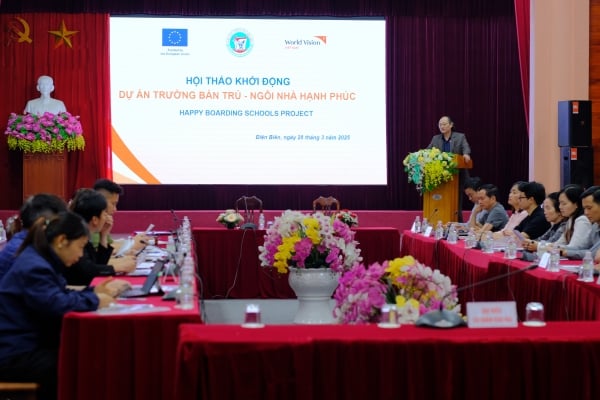
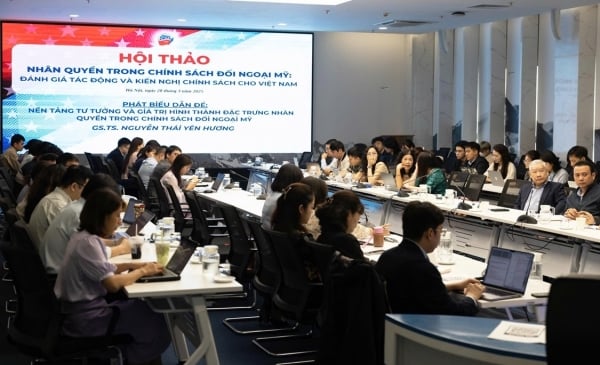



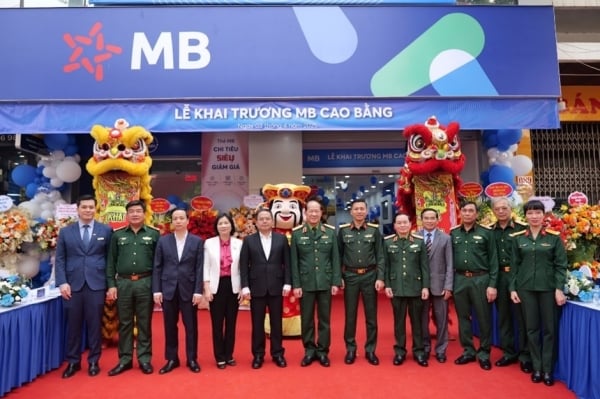
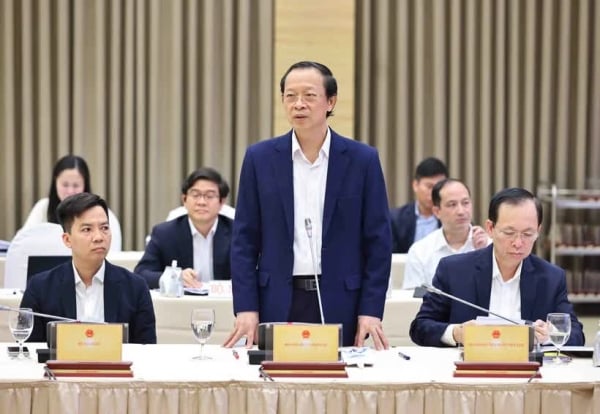
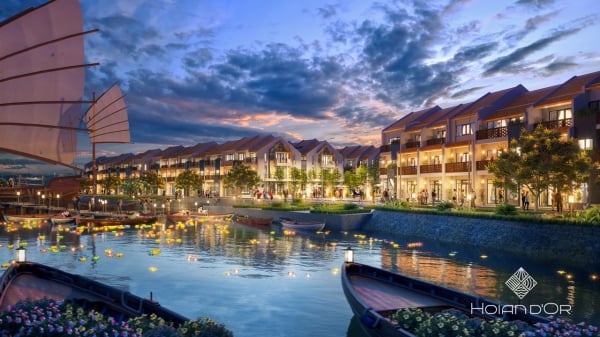
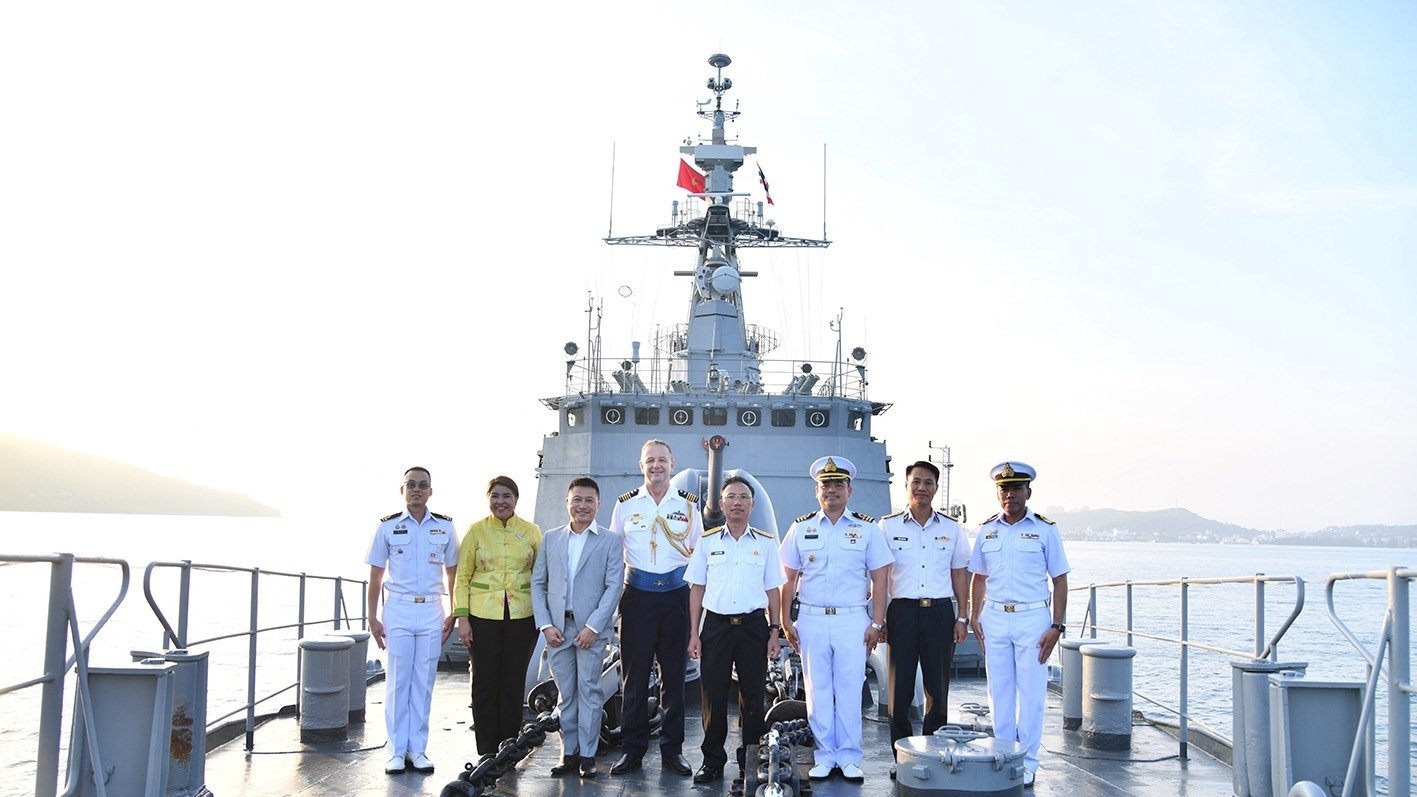




































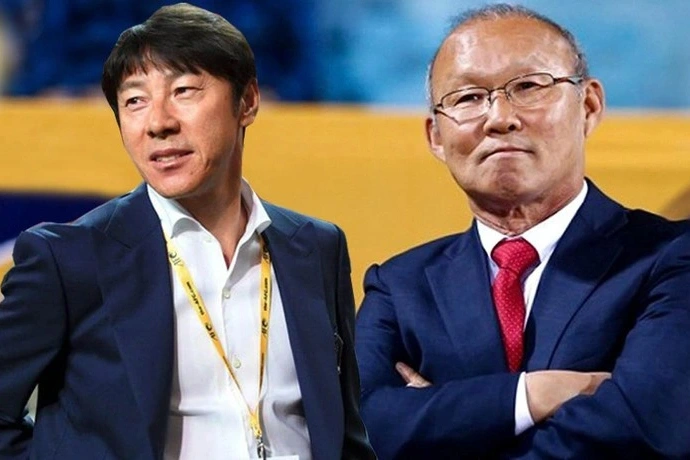


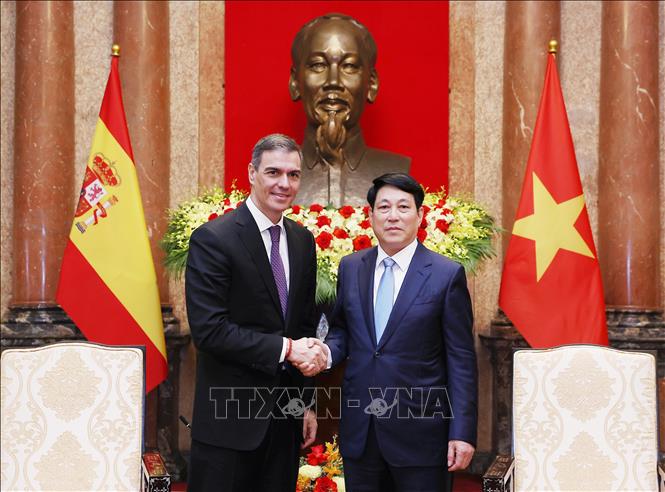








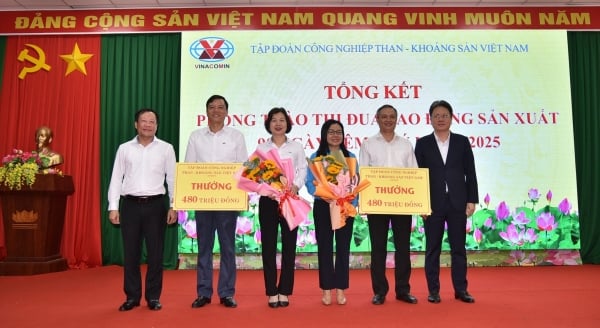


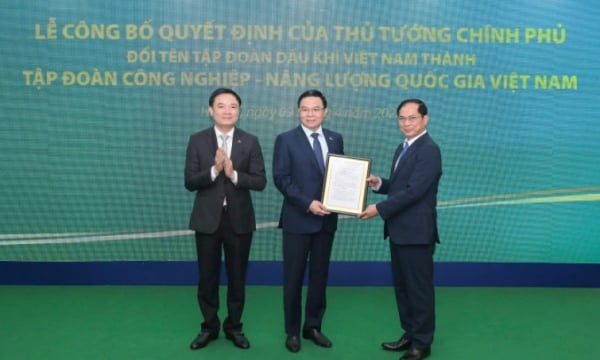
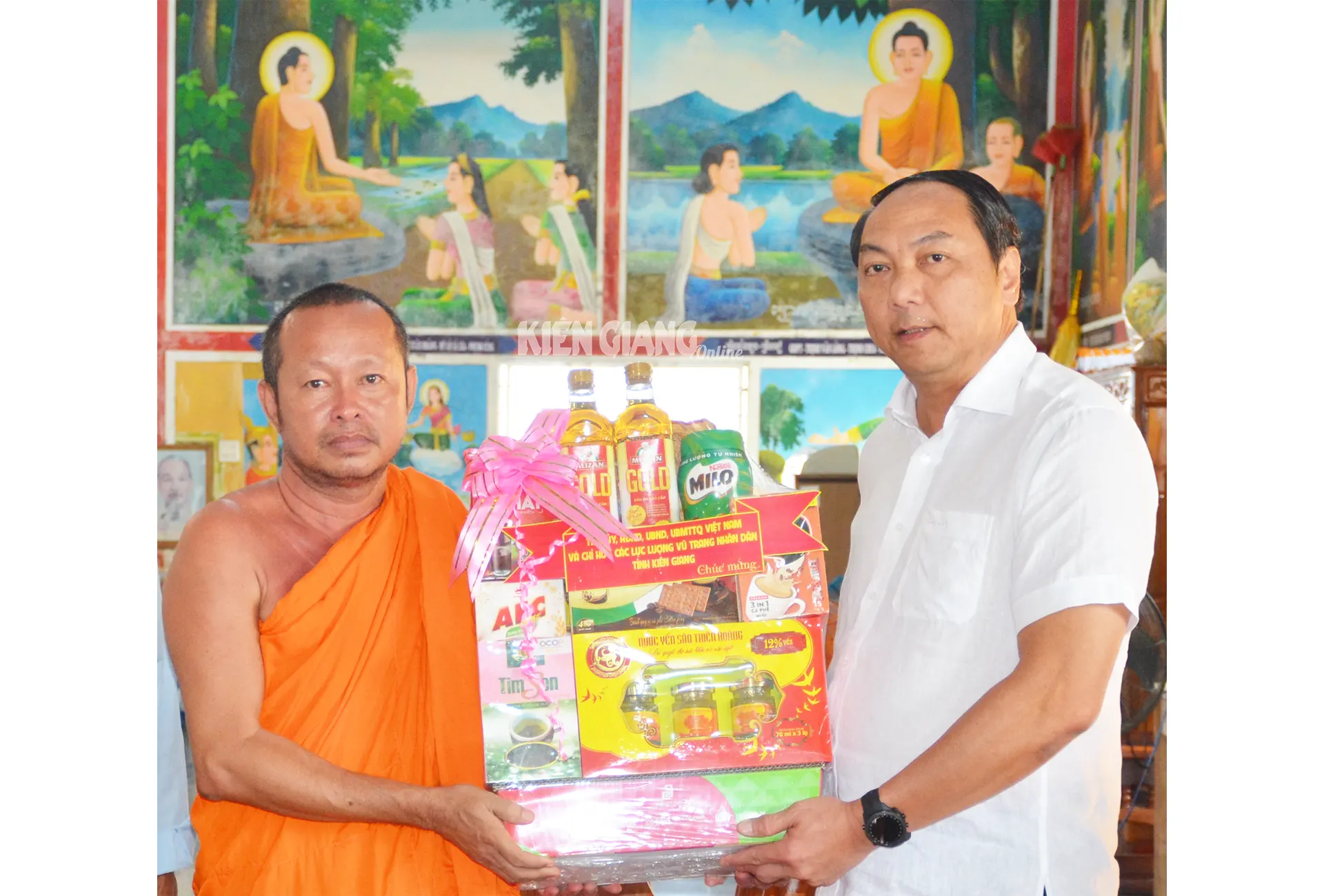
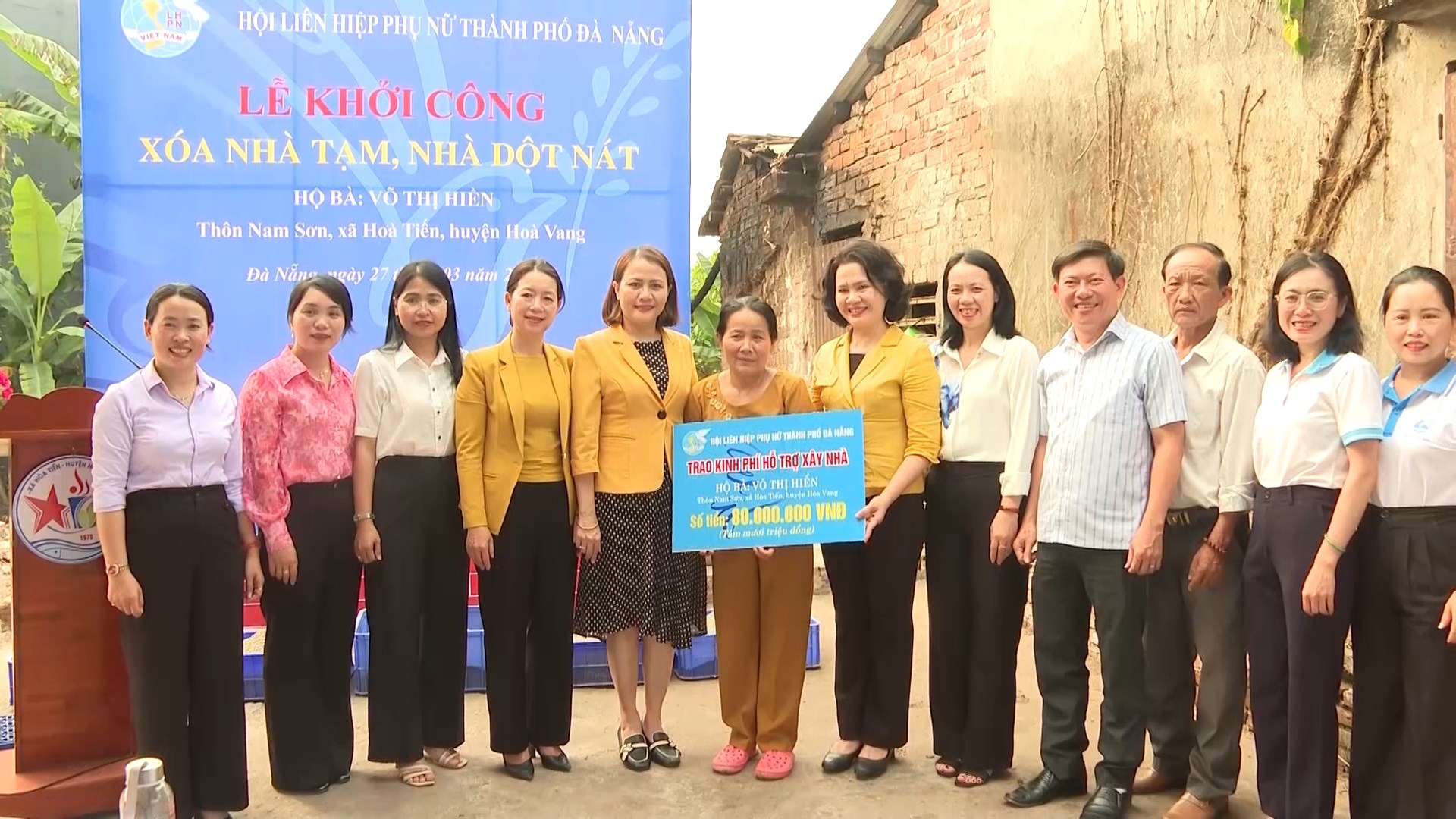










Comment (0)